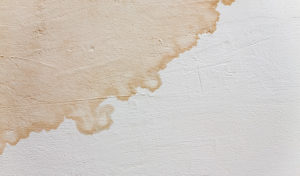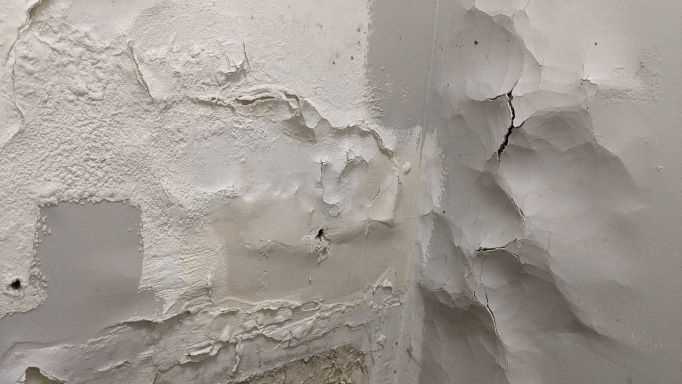Steps to Inspect and Address Water Stains on Walls
Steps to Inspect and Address Water Stains on Walls
Blog Article
They are making several good pointers relating to Water Stains on Walls overall in this content directly below.

Water spots on wall surfaces are not pleasant to the eyes. Your house needs to be without discolorations on the walls, roof, or floors. That is the suitable state of a residence and also its structures. Sometimes it seems practically inescapable to experience water spots on wall surfaces in residences.
House owners residing in moist areas regularly take care of the concern of water discolorations on walls. That does not have to be the instance for you. With well-rounded and also exact info on the root causes of water spots as well as timely repair work processes, you will always be a step ahead of such incidents. So, this post assures to be a handy overview for you.
3 Usual Root Causes Of Water Stains on Wall Surfaces
As opposed to popular belief, water discolorations on wall surfaces do not always originate from bad building products. There are several sources of water spots on walls. These consist of:
Damp
When warm damp air meets completely dry cool air, it triggers water beads to form on the walls of buildings. This happens in kitchens and bathrooms when there is steam from cooking or showers. The water droplets can stain the bordering walls in these parts of your house and also infect other locations.
Moist or condensation affects the roof covering as well as walls of structures. This triggers them to appear darker than various other areas of the home. When the wall surface is wet, it produces an ideal atmosphere for the development of microbes and also fungi. These might have damaging effects on wellness, such as allergies as well as respiratory system disorders.
Poor Drain
This will avoid water from leaking right into the wall surfaces. This links to excessive dampness that you observe on the wall surfaces of your structure.
So, the leading reason for wet wall surfaces, in this situation, can be an inadequate water drainage system. It can additionally result from poor management of sewage pipes that run through the building.
Pipe Leaks
A lot of houses have a network of pipes within the wall surfaces. This makes certain that the pipelines are faraway from the reach of harmful rats. It constantly raises the stability of such pipelines, as there is little oxygen within the wall surfaces. This discourages rust.
A drawback to this is that water leakage impacts the walls of the building and causes widespread damages. A dead giveaway of malfunctioning pipes is the appearance of a water stain on the wall.
Pro Pointer
A houseplant in your house additionally boosts its humidity. So, if your home is already humid, you might intend to present houseplants with very little transpiration. An instance of appropriate houseplants is succulents.
Water Spots on Wall Surface: Repair Service Tips
When dealing with water spots, house owners would typically want a quick fix. Yet, they would soon understand this is disadvantageous as the water discolorations persist. Below are a couple of helpful pointers that will guide you in the fixing of water spots on wall surfaces:
Verdict
Although no one intends to have water stains on walls in their house, it can happen to the very best people. This post offers you take advantage of, as you currently know exactly how to manage this mishap if it does happen.
It is constantly best to recruit expert solutions to help take care of the problems in your home.
Often it appears almost inescapable to experience water spots on wall surfaces in homes.
Contrary to preferred idea, water stains on walls do not constantly stem from inadequate building materials. There are numerous reasons of water stains on walls. The water beads can tarnish the bordering walls in these parts of your house and also spread to various other areas.
Right here are a couple of handy tips that will direct you in the repair service of water discolorations on walls:
CHECKING FOR WATER DAMAGE
Water damage can be costly, and it may begin before you even notice the first signs of trouble. Water damage can cause mold and mildew in your walls and floors, which can create an abundance of health concerns for your family. It can also lead to costly repairs of various appliances and general home fixtures. To avoid the pricey consequences of water damage, here are Warner Service s top 5 places you should check:
The walls The easiest place to spot the beginnings of water damage is on the walls and ceilings of your home. If water damage is present, there will most likely be water stains, especially around the windows and doorframes, and/or cracks in the drywall. If a stain looks unusual (discolored to brown, black or gray, raised texture), has a swollen appearance or is soft to the touch, contact a professional immediately. The pipes To avoid water damage, consistently check the pipes in your kitchen (especially the dishwasher and ice maker), bathrooms, laundry room (specifically washing machines) and basement for corrosion, leaks and water stains. Pay special attention to where the pipes connect in your home and the location of caulking around the bathroom fixtures, including toilets, sinks, showers and tubs. Missing or loose caulking and grout could be signs of leaking water. This seepage can also quickly cause mold and rust, so double check your water heater and tank for wet spots on the floor. The floor Water damage is very easy to spot on the floor. Look for any warping or buckling of the material, especially in the basement. If your home has wood flooring, look for bright white or dark stains. If your home has carpeting, keep it dry and clean. A damp carpet that smells of mold could cause water damage and health problems. To avoid this, consider installing floor pans under your appliances to help prevent damages from small, slow and undetected leaks. The basement and attic If your basement or attic smells odd check for mold and mildew around the area, especially the valley where the roof meets. While you are inspecting those areas, check for wall cracks, floor stains, rust and dampness in the insulation. If you live in a colder and/or rainier climate, perform routine checks for water damage from melting snow or ice and rain. The exterior Check the roof for damaged flashing and missing, cracked or curled shingles. There should also be no standing water anywhere outside your home. This could be caused by puddles, leaky rain gutters or hoses, poor drainage, or short gutter spouts. Invest in a sump pump system or water flow monitoring system, and perform routine maintenance on these outdoor appliances to avoid indoor water damage.

I recently found that page on Water Stains on Walls when browsing the web. Enjoyed our piece of writing? Please share it. Help someone else check it out. Many thanks for going through it.
Information Here Report this page